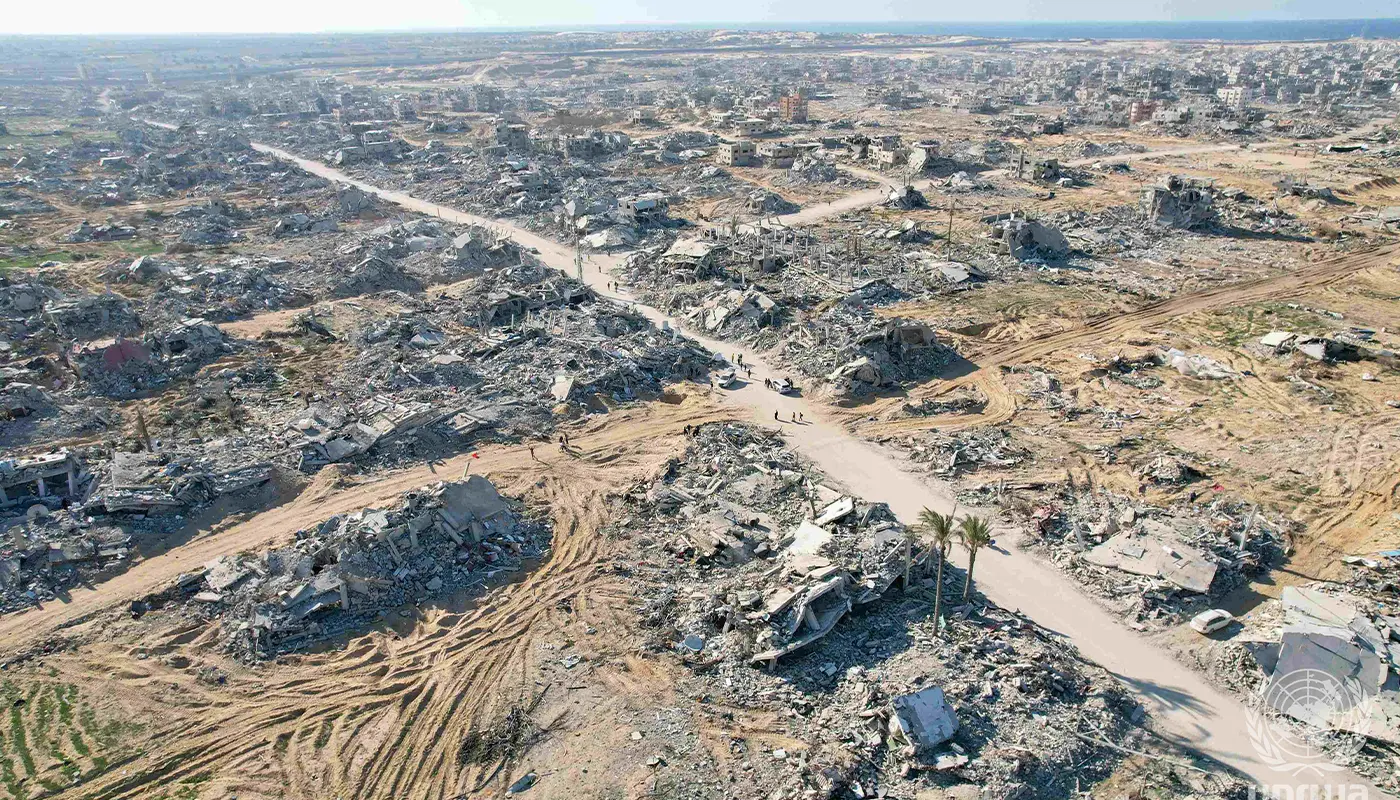DOHA – Hopes for a ceasefire agreement between Israel and Hamas are dimming as negotiations in Doha remain stuck on two critical issues: Israel’s refusal to fully withdraw from Rafah and the mechanism of aid distribution in Gaza.
Sources close to Palestinian negotiators told Middle East Eye (MEE) that Israeli negotiators, backed by the United States, have proposed delaying discussions on these sticking points and focusing instead on finalising the list of Palestinian prisoners to be released in exchange for remaining Israeli captives.
But Hamas has rejected this, calling the tactic a deliberate ploy.
“It’s designed to blame Hamas for the failure of the talks,” said a Palestinian source briefed on the discussions.
Israeli Forces Refusing Full Withdrawal
Israel is reportedly seeking to maintain control of major areas in Gaza during the proposed 60-day truce, including most of the Rafah governorate and a three-kilometre buffer zone along Gaza’s northern and eastern borders.
This would block hundreds of thousands of displaced Palestinians from returning to their homes. Hamas is demanding a return to the January truce lines, which were later violated by Israeli forces in March.
The group insists Israeli forces must withdraw to the Philadelphi Corridor and remain at least 700 metres from the eastern and northern boundaries unless a permanent ceasefire is reached.
Humanitarian Aid Dispute: GHF vs UN
Aid distribution has emerged as another major obstacle. Israel is insisting that the Gaza Humanitarian Foundation (GHF), a body accused of serious human rights violations, remain a central actor in food distribution.
Although Israel has publicly asked the UN World Food Programme (WFP) to resume operations, sources say this is a cover to legitimise GHF operations, which Hamas strongly opposes.
“Hamas sees the GHF as a mechanism of population control,” the source said.
Eyewitness reports and testimony from contractors and Israeli soldiers confirm that Israeli forces and American military contractors at GHF sites have repeatedly fired on Palestinians waiting in food lines.
According to health officials, over 800 aid seekers have been killed and more than 5,000 wounded at these sites since late May.
Controversial ‘Humanitarian City’ Plan
Adding to tensions, Israeli Defence Minister Israel Katz recently announced plans for a “humanitarian city” in Rafah during a meeting between Prime Minister Netanyahu and Donald Trump in Washington.
The proposed facility, which critics compare to a “concentration camp,” could initially detain up to 600,000 Palestinians, raising fears of mass displacement and further ethnic cleansing.
“This is not just about aid – it’s about removing Palestinians from Gaza,” said the source. “We will not sign a deal that legitimises killings or forced displacement.”
Ceasefire Demands & Netanyahu’s Conditions
Hamas is insisting that the 60-day ceasefire must lead to negotiations for a permanent end to the war, starting from day one of the truce.
But Netanyahu has added a last-minute demand: that Hamas must disarm and relinquish all military and governing authority – a condition that is viewed as a non-starter for Hamas.
Hamas, which has previously proposed a long-term hudna (truce) in exchange for Israeli withdrawal from occupied territories, views armed resistance as its only leverage to pressure Israel into meaningful concessions.
“Netanyahu wants surrender and ethnic cleansing – and he’ll get neither,” the source told MEE.
Talks on Verge of Collapse
Despite entering the Doha talks with the intention to release 10 living Israeli captives, Hamas now believes Israel is sabotaging any deal that could result in a long-term resolution.
With more than 57,880 Palestinians killed and over 138,000 wounded since the war began on October 7, 2023, the group says it cannot accept any mechanism that facilitates further displacement or legitimises continued Israeli presence in Gaza.
“This is a defining moment,” the source said. “Either this deal leads to peace – or to permanent occupation.”
Courtesy: Middle East Eye







